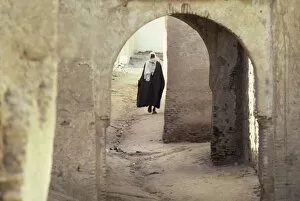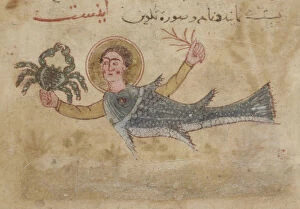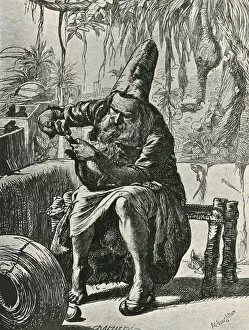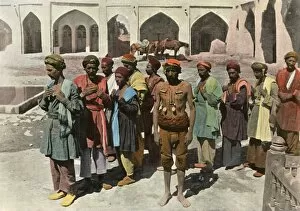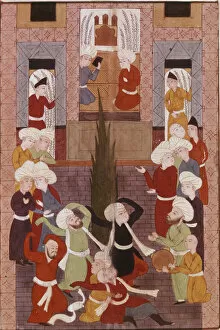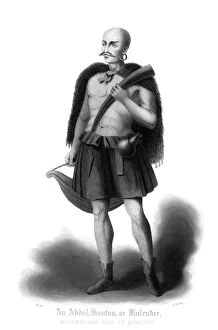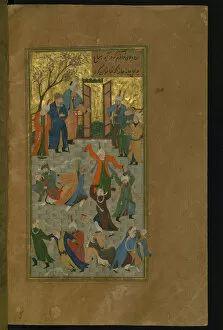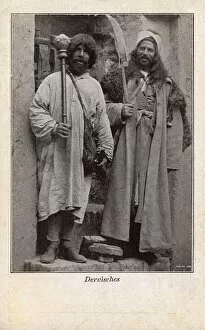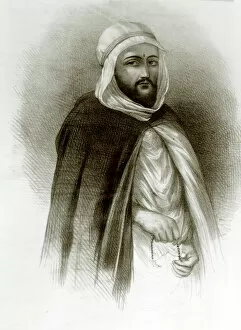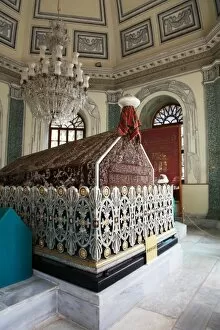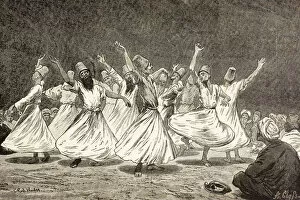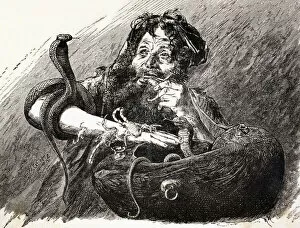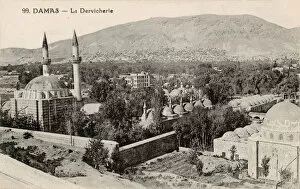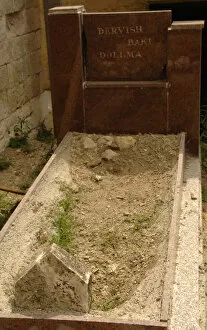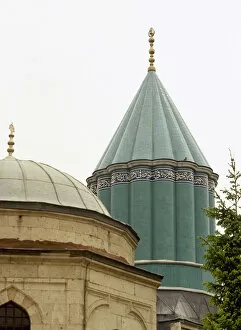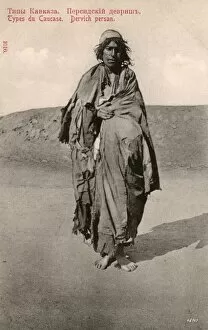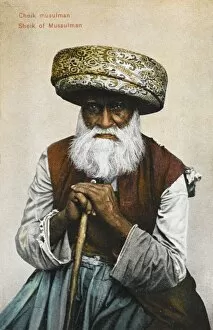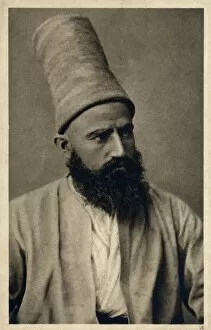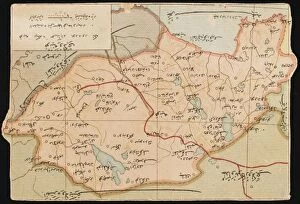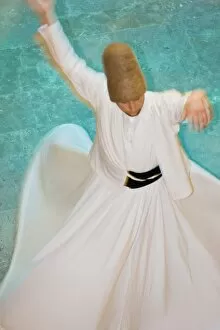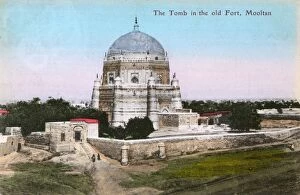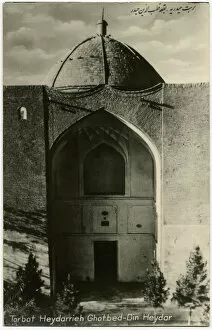Sufi Collection (#4)
Sufi, a mystical path of love and devotion that transcends boundaries and unites souls
For sale as Licensed Images
Choose your image, Select your licence and Download the media
Sufi, a mystical path of love and devotion that transcends boundaries and unites souls. Nasreddin, the witty Seljuq satirist, used humor to convey profound truths about life. The Dance of Dervishes, captured in an exquisite painting by W Forrest in 1870, showcases the mesmerizing beauty of this Sufi ritual. In Istanbul, Turkey, Europe, the Mevlevi order performs the enchanting Sufi dance known as Whirling Dervishes. Their graceful movements symbolize spiritual ascent and union with God. Abd El Kader, an Algerian leader deeply influenced by Sufism's teachings on compassion and tolerance. At the Haji Bektash Veli Museum in Nevsehir Turkey, a captivating detail transports us into the world of Sufism's rich heritage. This sacred place holds stories of wisdom passed down through generations. The Royal Albert Hall witnessed a remarkable performance by Whirling Dervishes who captivated hearts with their spinning ecstasy. Their whirling motions represent a divine journey towards enlightenment. Visiting The Tomb Saint Nizamuddin Auliya evokes reverence for his teachings on universal love and unity among all beings. His resting place is adorned with prayers from devotees seeking solace and guidance. From Samarkand to Bukhara in Uzbekistan wander mystic dervishes spreading peace through their nomadic existence. These wandering souls embody simplicity and detachment from worldly desires. Sufism embraces diversity while fostering harmony among different cultures and faiths worldwide. It serves as a reminder that true spirituality lies beyond religious dogmas or geographical boundaries – it resides within each individual's heart.

